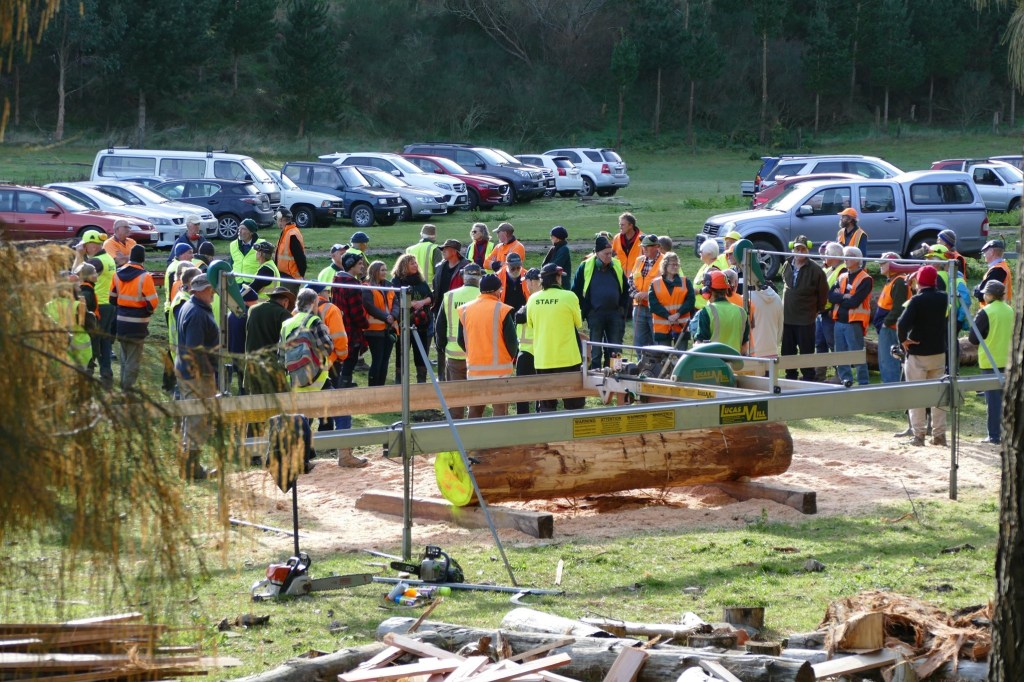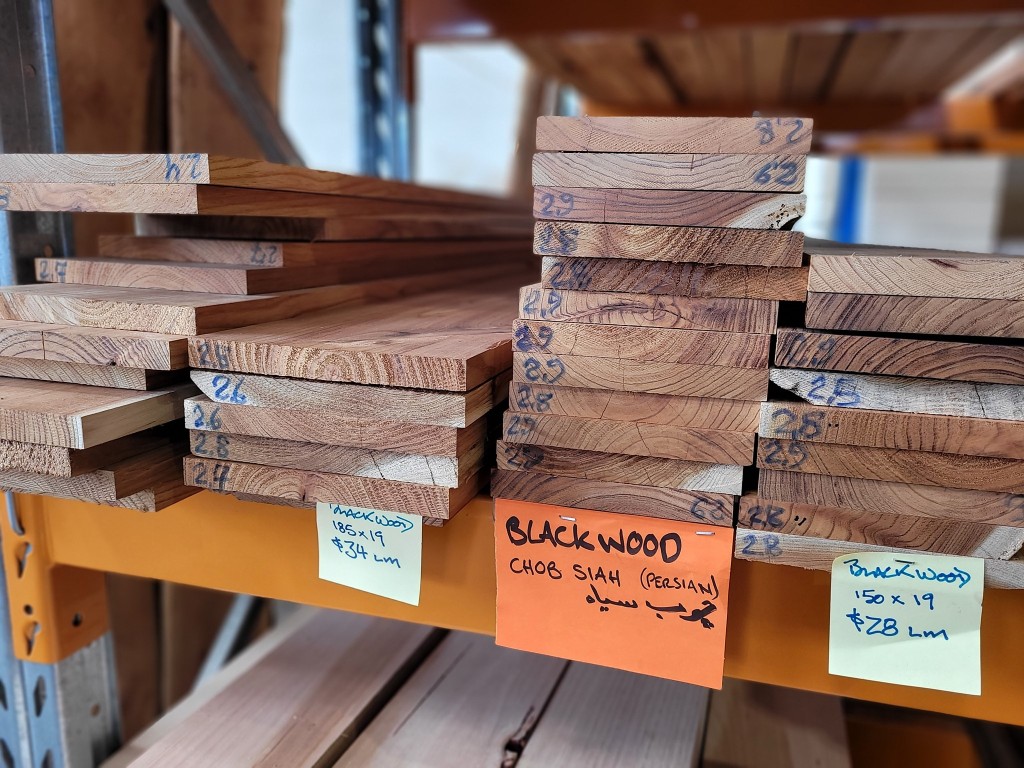Through the Looking-Glass

Last Friday 18th February I attended a workshop run by Private Forests Tasmania (PFT) to review the current PFT Draft Strategic Plan.
https://www.treealliance.com.au/
I have been to these kinds of industry meetings before and am familiar with the conversations and outcomes.
I went along with no expectations.
Sadly I was not disappointed!!
Entering the workshop I felt very like Alice climbing through the looking-glass. I felt reality snap.
I looked around expecting to see the Mad Hatter. Thankfully the Minister had not been invited.
https://www.guybarnett.com.au/
Having politicians at forest industry meetings is a guarantee that reality is absent.
In any forest industry meeting the elephants in the room always out numbers the humans. There are so many topics and issues that are deliberately avoided.
At the end of the workshop I was overwhelmed by the confirmation bias. People in the forest industry are still more or less thinking the same thoughts and saying the same things they were 40 years ago, despite the fact the forest industry is in critical decline.
As much as I tried to throw new ideas into the discussion they were for the most part heavily resisted.
It wasn’t all bad. Some new ideas are slowly creeping into the industry, but they are slow, and few and far between.
Just two examples will suffice here:
- The draft PFT Strategic Plan mentions the word “sustainable” four times, but the word “profit” (as in profitable tree growing) is completely absent. My push to have the word “profit” included in the Plan was strongly resisted.
- I suggested that Private Forests Tasmania should stop trying to be the voice of the private forest industry. I suggested that forest industry stakeholders should instead find their own confident voices, and it is PFTs task to support stakeholders, not speak for them. This idea too was resisted.
PFT has a total of 10 staff and a small budget, and yet the Strategic Plan is an overwhelmingly broad, wordy, complicated document. Instead of trying to achieve significant progress on a few things, PFT will make little progress on a very broad front.
There is nothing in the Strategic Plan for blackwood growers.
It’s a broken business model!
The Strategic Plan will be finalised based on feedback from the workshop, incorporated into the PFT Corporate Plan, which then goes to the Mad Hatter/Minister for signing.
You can find the current Corporate Plan here:
PS. Given that the current Strategic Growth Plan for the Tasmanian forest industry does not even mention Private Forests Tasmania, we can be sure that little progress will be made in the coming years.
https://www.stategrowth.tas.gov.au/energy_and_resources/forestry/strategic_growth_plan






Creating a functional wood market in Australia
Creating a functional wood market in Australia
The Past/Present
For thousands of years humans have been using wood for all sorts of reasons – to hunt, cook, stay warm, build shelter and wage war. And for all that time we have had natural forests to plunder. Whatever wood we could find we used, mostly with plenty of contempt and waste.
But the days of plundering natural forests are just about over.
One of the problems this history has created is dysfunctional wood markets.
Cheap plentiful wood from natural forests has meant no one has ever taken responsibility for the future. Cutting down and sawing up trees is simple. Getting trees planted and managed for the future is the real challenge.
There are thousands of businesses in Australia that rely on wood (harvesting, transport, milling, retail, manufacture, craft, music, art, etc.), and 99.99% of them take no interest or responsibility in the future supply of wood.
There is no relationship in the market between using and consuming wood and a tree being planted and managed.
Third party certification schemes such as Responsible Wood/PEFC and FSC are not building the forest industry and growing more wood for the future. Their goal is to save and better manage existing natural forests, not to grow more new wood resources.
The fact that the forest industry in Australia has never established any commercial credibility hasn’t helped the situation.
There must be a credible, transparent relationship between the price of wood and the cost of planting, growing and managing trees; and that relationship must encourage and support more tree planting to meet future demand.
My focus here is especially the premium solid wood market.
Until we build proper functioning wood markets in Australia most of these Australian businesses will disappear. Some will switch to imported wood when public native welfare forestry is shut down, but many will close. All for the want of a proper functioning wood market.
The Future
There are plenty of challenges that need to be addressed in order to build proper functioning wood markets but they are not insurmountable.
Proper functioning wood markets in Australia must be driven by the market and consumers.
Recent comments in the media by furniture makers and builders in Western Australia (in response to the shutting down of public native forestry) do not provide encouragement. Can you believe they would rather import timber from Indonesia than support local farm forestry?
How the thousands of wood-dependent businesses in Australia will come together to coordinate and plan their future is part of this challenge. Most of these businesses are too small to achieve much by themselves. The Australian Furniture Association could take on this role for furniture makers. Builders, cabinet makers and retailers could possibly join the AFA in this.
https://australianfurniture.org.au/
Is the AFA up to the challenge?
2. The second challenge is getting the farming community on board to plant, grow and manage the trees that the market wants.
I personally think this second challenge is by far the easier of the two.
Once farmers see the market change to being responsible and supportive they will quickly get on board.
There will need to be some serious talking and building trust, and careful management of risk.
Unlike the past where the market could pick and choose from a wide variety of natural forest woods, the market must now decide on which species it wishes to promote and support in farm forestry. Species must be fast growing and command sufficient market price to allow farmers to grow them commercially. Given we are talking 30+ years between investment/planting and harvest/revenue/profit, this will require careful consideration, coordination and planning.
The idea that farmers just randomly plant hundreds of different tree species in the hope of finding a buyer in the future just wont work. Farm forestry for the growing of high quality premium solid wood will require coordination and planning, driven by the market.
This is where organisations like the AFA must play a central role.
Final some discussion about markets.
Will there still be demand for premium quality solid wood in 30+ years time?
Certainly over my 40+ year career as a forester I have seen premium quality solid wood go from a being a common cheap product to a scarce expensive product, with all indications leading to its eventual disappearance from the Australian market entirely.
I think this is primarily a supply issue, rather than one of demand.
I see sufficient evidence that the market is prepared to pay very high prices for quality solid wood.
The problem is that in a dysfunctional wood market, these price/demand signals don’t trigger a supply response as they should. If we had a strong farm forestry culture in Australia and proper functioning wood markets, these price/demand signals would be making front page news. That is where we need to get too!
So dear reader, what do you think?
Comments and ideas welcome.
Share this:
Like this:
Related